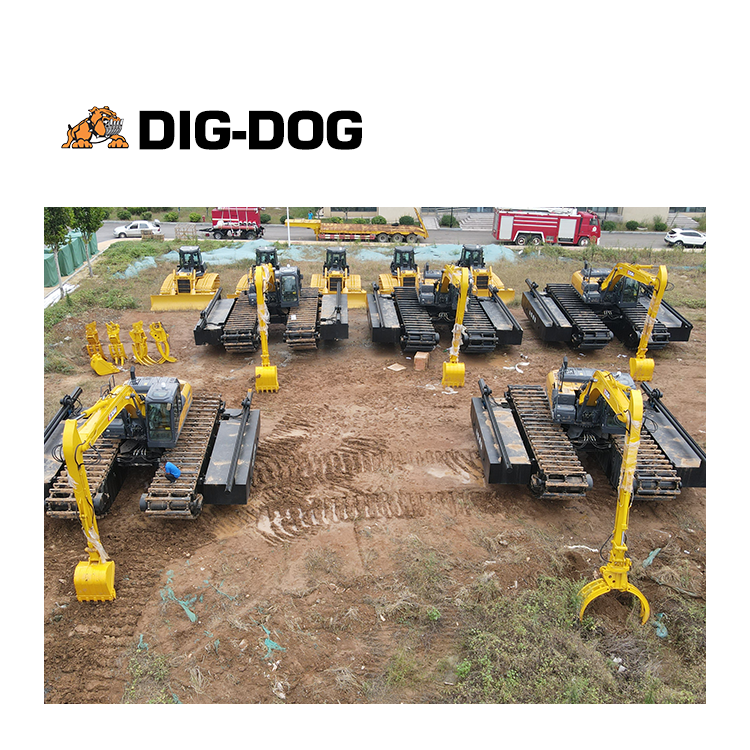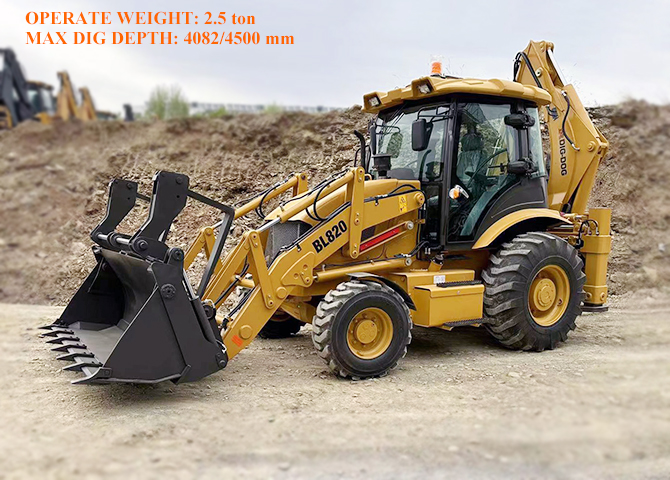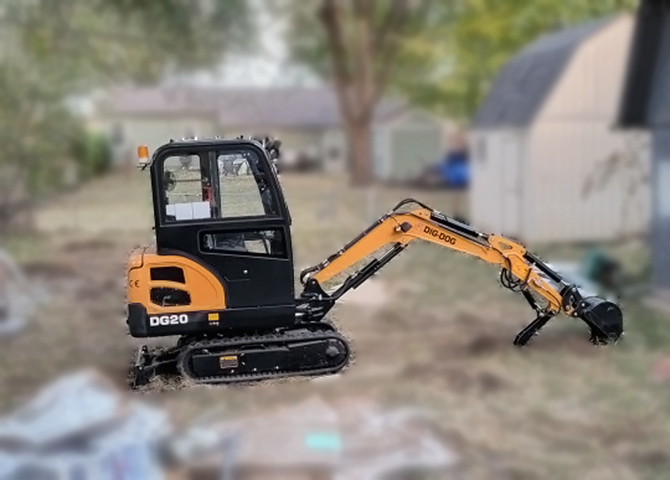1. When the water excavator is relocated, the driver should observe and whistle first, and then relocate. DIG-DOG water excavator training avoids safety accidents caused by people beside the machine. The position after relocation should ensure the space for the rotation radius of the water excavator. There are no obstacles, and illegal operations are strictly prohibited.

2. After the work, the water excavator should be moved away from the low-lying place or the edge of the trench (ditch), parked on the flat ground, closed and locked the doors and windows.
3. The driver must do a good job in the daily maintenance, inspection and maintenance of the equipment, make a daily record of the equipment in use, find that there is a problem with the vehicle and cannot operate with illness, and report the repair in time.
4. The water excavator is a fixed asset with a large economic investment. In order to increase its service life and obtain greater economic benefits, the equipment must be assigned personnel, machines, positions, and responsibilities. When the post must be transferred, the equipment should be disclosed.
5. After the water excavator enters the construction site, the driver should first observe the geology of the working face and the surrounding environment. There should be no obstacles within the rotation radius of the water excavator to avoid scratches or damage to the vehicle.
6. After the machine is started, no one is allowed to stand in the bucket, on the shovel arm and on the crawler to ensure safe production.
7. During the operation of the water excavator, it is forbidden for any person to stay or walk within the radius of gyration or under the bucket. Non-drivers are not allowed to enter the cab to tamper with, and do not train drivers to avoid damage to electrical equipment.
8. The cab must be clean and tidy, and the surface of the car body should be kept clean, free of dust and oil; after work, develop the habit of wiping the car.
9. The driver should make a record of the daily shift in time, make statistics on the work content of the day, complete the formalities for the part-time work or zero items outside the project in a timely manner, and make a record for checkout use.
10. Drivers are strictly prohibited from drinking at noon and driving after drinking. If found, they will be given financial penalties and the economic losses caused by them will be borne by themselves.
 How To Choose The Right Compact Wheel Loader
How To Choose The Right Compact Wheel Loader
 How Much Does a Forklift Weigh?
How Much Does a Forklift Weigh?
 How Much Does a Backhoe Weigh
How Much Does a Backhoe Weigh
 How Much Does a Mini Excavator Weigh
How Much Does a Mini Excavator Weigh